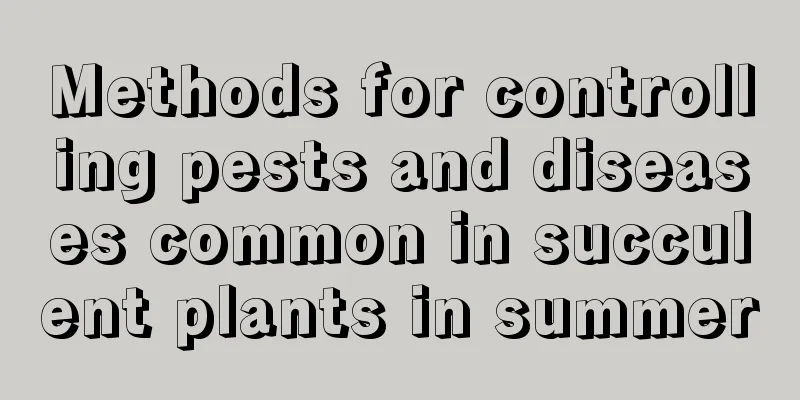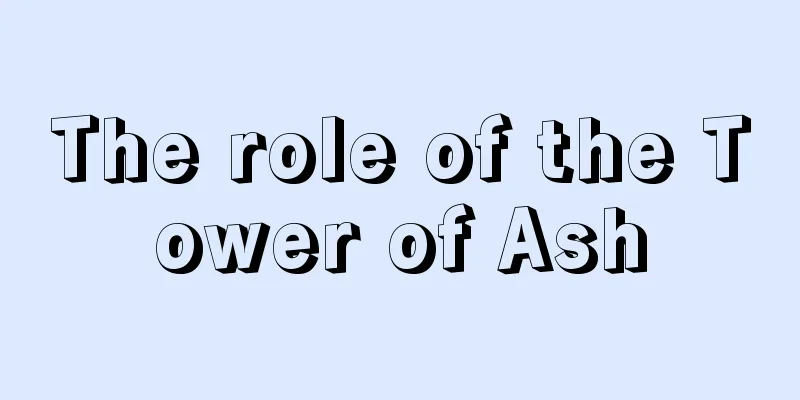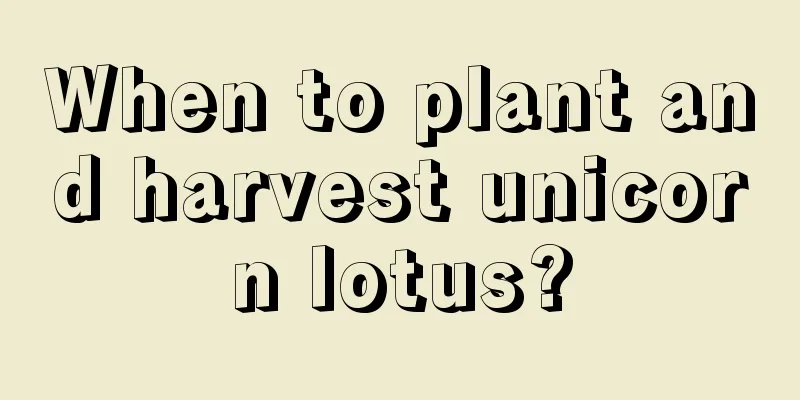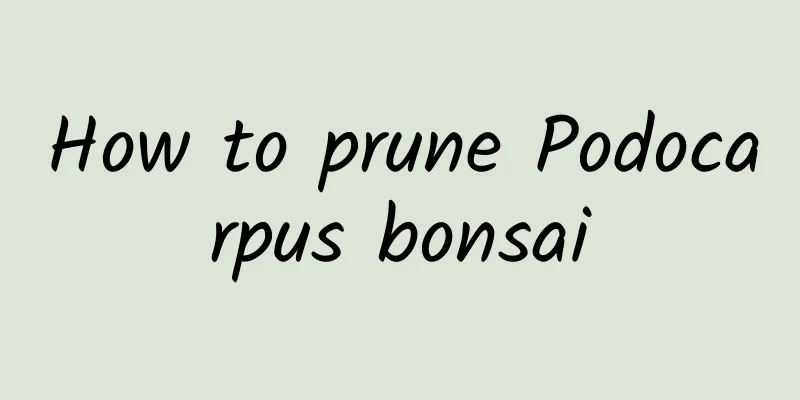Methods for controlling pests and diseases common in succulent plants in summer

Disease controlStem rotStem rot mainly harms the stem base of succulents. When the disease occurs, the infected area will turn dark brown, slowly causing the stems and branches of the plant to rot and soften. In severe cases, it can cause the death of the entire plant. Prevention and control methods: Stem rot is mostly caused by fungi, so in daily maintenance, more attention should be paid to ventilation and reasonable water and fertilizer management. The base soil for breeding is best disinfected before use. If symptoms occur, spray carbendazim or mancozeb for prevention and control. anthraxAnthracnose mainly harms the fleshy leaves of succulents. When the disease occurs, brown leaf spots will appear. As the disease worsens, the spots will gradually expand and turn brown. In severe cases, it will cause leaf fall. Prevention and control methods: When disease spots are found, the diseased branches and leaves should be removed in time, and attention should be paid to cleaning the potting soil in daily maintenance, and sterilization should be carried out in time. After the disease is discovered, you can spray drugs such as carbendazim or Bordeaux mixture to prevent and control it in time. Soft RotIn the early stages of soft rot, the fleshy stems and leaves will become soft. When the disease becomes serious, sticky wet rot will appear on the surface of the plant and emit an unpleasant odor. Prevention and control methods: Pay more attention to ventilation of succulents, and control watering to avoid excessive moisture in the potting soil. Use drugs to prevent and control the disease as early as possible in the early stages, spray streptomycin or Bordeaux mixture for treatment and control. DiseaseThe disease mainly harms the roots and stems of succulents. Dark brown water-soaked spots will appear on the affected areas, and sometimes a white mold layer will appear. Prevention and control methods: During the maintenance of succulents, pay attention to keeping the potting soil clean, and the cultivation soil is best sterilized before use. Spraying drugs such as copper frost can effectively prevent and control it. Black spotBlack spot disease mostly harms the fleshy leaves of succulents, causing black spots on the leaves, and in severe cases, rot. Prevention and control methods: After discovery, timely drug treatment should be carried out. You can spray carbendazim or thiophanate-methyl for prevention and control. After a period of time, the disease can be well controlled. Sooty DiseaseIf soot disease occurs, it must be treated promptly because it is highly contagious. The cause of this problem is mostly due to the hot and humid growing environment of succulents. Prevention and control methods: Pay attention to ventilation and watering ratio in daily maintenance. You can dilute alcohol and spray it in appropriate amounts. You can also choose carbendazim for spraying. Pest ControlScale insectsScale insects mainly harm the stems and leaves of succulents. It feeds on the sap of the plant, which often causes the leaves of the succulent to fall off and turn yellow. Prevention and control methods: Flush the plants with water to remove the pests, or if pests are found, replace the potting soil in time and clean the leaves of the succulents. WhiteflyWhitefly larvae live inside the plant and feed on the sap. The secretions of whiteflies can induce sooty mold disease, which has a very bad impact on the health of succulents. Prevention and control methods: Cover the ventilated environment and spray with insecticides such as Marathon. Small black flying insectThere is a high probability of small black flies appearing on succulents in the Crassulaceae family. The larvae will eat the small tender shoots of the succulents and infect the plants. Prevention and control methods: Black flies like humus, so it is best to avoid such substances in the planting soil. In addition, it is very important to pay attention to maintaining the dryness and wetness of the potting soil. If you find flying insects, you can choose a suitable insecticide to spray them. To prevent succulents from getting sick, the most important thing is to ensure good ventilation and care. An overly humid environment will not only cause bacteria to breed, but may also cause insect pests. Therefore, daily ventilation and preventing the environment from being hot and humid are crucial for growing succulents! |
<<: Disease and insect pest control of honeysuckle
>>: Check out the five fungicides commonly used in flowers
Recommend
How long to fertilize after repotting Tiger Pilan
1. How often to fertilize You cannot fertilize th...
Flowering period regulation of Cineraria
When does Cineraria bloom? The flowering period o...
The efficacy and function of galangal
1. Basic Information In order to prevent some fri...
The efficacy and function of peony
Medicinal and edible value of peony The root of t...
Cultivation methods and precautions of Schefflera
1. Soil Schefflera grows better in loose and fert...
How can Yan Rihui grow up so fast?
1. Soil suitability If you want the Sunflower to ...
Planting method and time of red beans in the north. When is the latest time to plant?
Suitable planting time for red beans in the north...
Can daisies be grown hydroponically?
Is daisy suitable for hydroponics? It is estimate...
The cultivation method of chrysanthemum
Growth habits of chrysanthemum Lighting requireme...
What kind of soil does Vinca rosea like?
1. What kind of soil do you like? Catharanthus ro...
What are the legends and meanings of Lycoris?
1. The flower language and meaning of Lycoris The...
How long does it take for rose cuttings to take root? How to make the cuttings survive?
Rose hydroponic cutting rooting time The time for...
How to grow succulents
1. Plant in time If you have just bought the plan...
How to grow cyclamen
1. Soil Cyclamen is a bulbous flower that blooms ...
How to plant newly bought rose seedlings (how to plant newly bought potted roses online)
What kind of environmental conditions does the ro...









